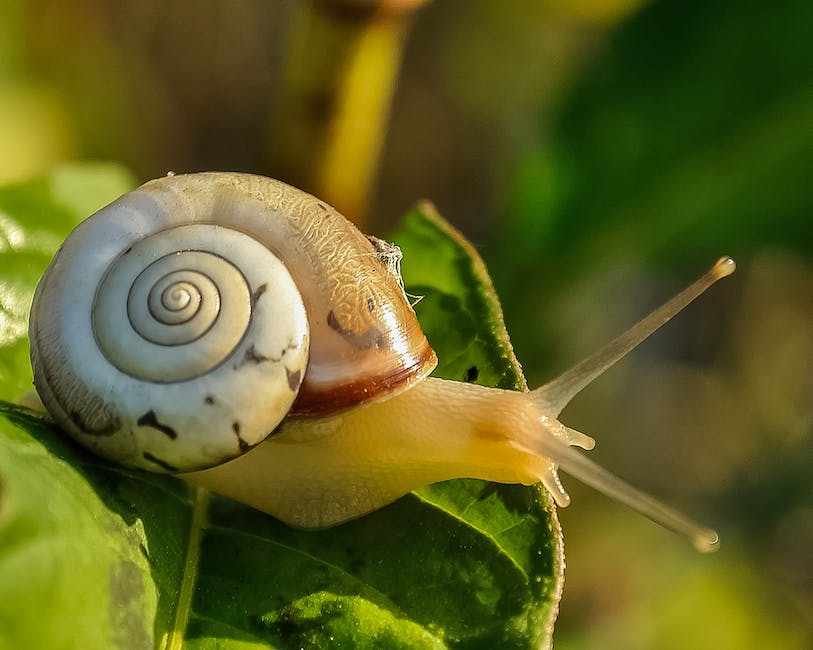Have you noticed more snails and slugs around after it rains? Is that a coincidence, or is there a scientific reason for this phenomenon? In this article, we’ll discuss why snails and slugs come out after it rains, as well as the benefits of snails and slugs for the environment and humans.
1.
The rain increases the humidity in the air, which provides the snails and slugs with the ideal conditions they need to move around and feed. When the humidity is increased, the mucus that the snails and beetles produce is not as viscous or thick. This makes it easier for them to move around and find food.
A. Ideal Conditions
Snails and slugs prefer damp, humid, moist conditions as it helps them to remain hydrated and increases their mobility. When the humidity is high, they can move around more easily and feed without drying out. Without humidity, they risk becoming dehydrated and may even die. Not only does increased humidity provide snails and slugs with the ideal conditions they need to thrive, but it also increases their metabolism, allowing them to move around more quickly.
B. More Food Sources
Rains bring more food sources for snails and slugs. The rain washes away the soil particles that might impede their movement, creating room for them to move around. This rainfall also brings more nutrients and decaying matter that snails and slugs can feast on as food.
C. Breeding and Reproduction
The rainy season provides ideal conditions and an abundance of food sources for snails and slugs, which encourages the breeding and reproduction process. The warmth, humidity and ample food sources during the rainy season provide the perfect environment for them to reproduce in large numbers.
2. Benefits of Snails and Slugs
While many people view snails and slugs as pests, there are a number of benefits that they bring to the environment and humans, as well.
A. Nutrient Recycling
Snails and slugs help to recycle nutrients in the soil by consuming decaying matter and excreting pellets of manure. This helps to fertilize the soil and make the environment more hospitable for other organisms.
B. Pest Population Control
Snails and slugs feed on a variety of insects, such as aphids, that are considered pests to gardens and crops. By consuming these insects, snails and slugs help to reduce the population of pests and prevent them from destroying crops.
C. Source of Food for Predators
Snails and slugs are an important source of food for predators such as birds, frogs and lizards. Their presence helps to keep the predator population in check and promotes a healthy, balanced ecosystem.
People Also Ask
Q. Are snails and slugs dangerous?
Snails and slugs may sometimes cause plant damage, but they are not generally dangerous to humans.
Q. What time of year do snails come out?
Snails typically come out during the spring and summer months, when the temperature and humidity is higher.
Q. How long do snails live?
The average lifespan of a snail is between two and three years.
Q. How can I keep snails and slugs out of my garden?
Using natural deterrents such as eggshells, diatomaceous earth, or beer traps may help to keep snails and slugs out of your garden.
Q. What do snails and slugs eat?
Snails and slugs feed on a variety of things, including decaying matter, vegetable matter, and various insects.
Final Words
Snails and slugs have an important role to play in the environment, as well as for humans. The rain provides the ideal conditions for them to move around and feed, helping them to thrive. Not only do they help to control pest populations, but they also help to fertilize the soil and provide a source of food for predators. While they may sometimes be considered pests, they are an important part of the ecosystem.

